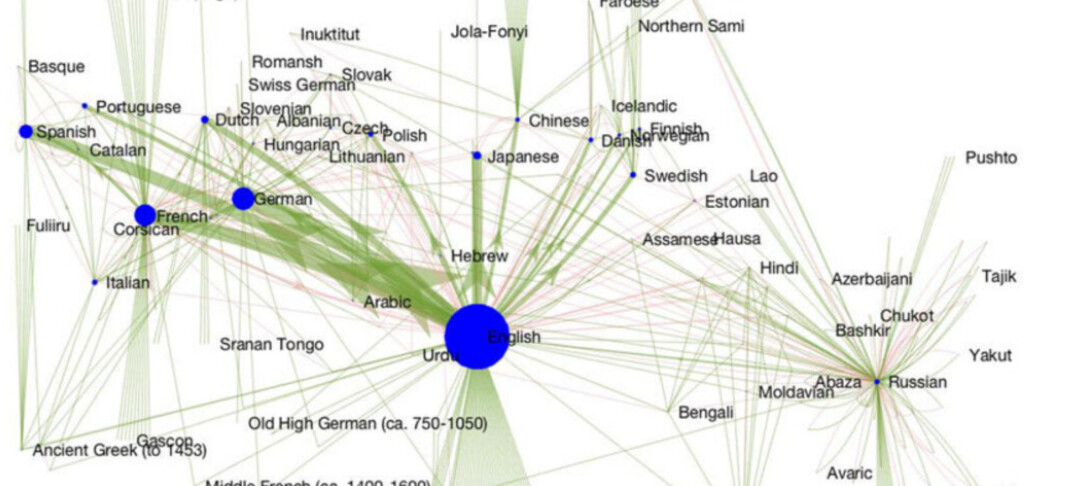
A Centre for Complexity Science Seminar. When we wish to describe the architecture of a complex system, our default option is usually an undirected network. And most theoretical work on graphs or networks considers only the undirected case, with directionality being at best an afterthought. Yet in many, if not most, real-world systems the interactions between elements are not symmetric: it is not the same to be the prey or the predator, the pre- or the post-synaptic neuron, the debtor or the creditor. And it turns out that many structural and dynamical properties of such systems can only be understood by using directed networks – or digraphs. In particular, we have shown in recent work that trophic coherence, a property which describes the extent to which directed edges align with each other, plays an important role in phenomena including the stability of ecosystems, information processing in neural networks, and systemic risk in financial networks. I will give an overview of these results and discuss some of the main open questions. If I have time, I will also describe briefly some recent work on the importance of networks for the modelling of epidemics.


